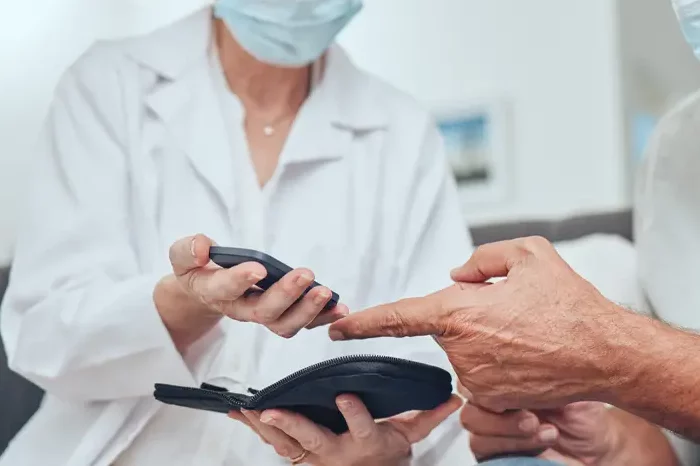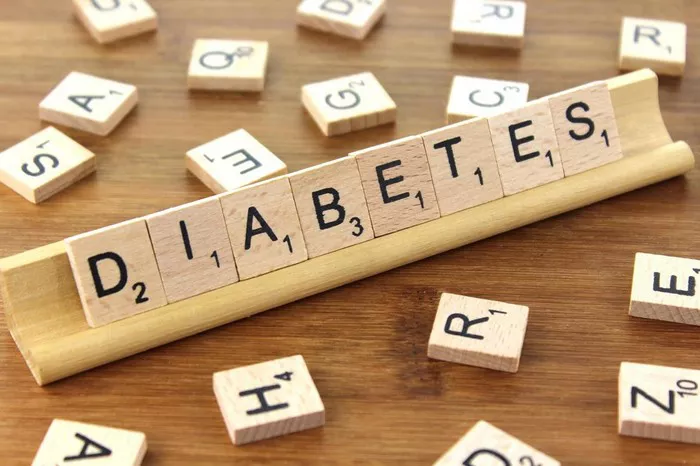Diabetes management requires balancing blood glucose levels to prevent both hyperglycemia (high blood sugar) and hypoglycemia (low blood sugar). These conditions, while seemingly opposite, can coexist in individuals with diabetes, particularly those who are insulin-dependent. This article explores the mechanisms, causes, symptoms, and management strategies for hyperglycemia and hypoglycemia, and explains how a person can experience both conditions.
Understanding Hyperglycemia and Hypoglycemia
Hyperglycemia
Definition: Hyperglycemia occurs when blood glucose levels are elevated above normal. For non-diabetic individuals, fasting blood glucose levels typically range between 70 and 100 mg/dL. Hyperglycemia is generally defined as blood glucose levels exceeding 130 mg/dL when fasting or 180 mg/dL two hours after a meal.
Causes:
- Insufficient Insulin: In type 1 diabetes, the pancreas produces little or no insulin. In type 2 diabetes, the body becomes resistant to insulin.
- Diet: Consuming large quantities of carbohydrates can lead to spikes in blood glucose.
- Stress: Physical or emotional stress can increase blood glucose levels through the release of stress hormones like cortisol.
- Illness: Infections and illnesses can elevate blood sugar levels.
- Medications: Some medications, like corticosteroids, can raise blood glucose levels.
Symptoms:
- Frequent urination
- Increased thirst
- Fatigue
- Blurred vision
- Headaches
Complications: Chronic hyperglycemia can lead to long-term complications, such as cardiovascular disease, kidney damage, neuropathy, and retinopathy.
Hypoglycemia
Definition: Hypoglycemia occurs when blood glucose levels fall below normal. It is generally defined as blood glucose levels less than 70 mg/dL.
Causes:
- Excessive Insulin: Taking too much insulin or other diabetes medications that increase insulin production.
- Delayed or Missed Meals: Not eating enough or skipping meals can lead to low blood sugar.
- Increased Physical Activity: Exercise can lower blood glucose levels.
- Alcohol Consumption: Drinking alcohol, especially on an empty stomach, can cause blood sugar to drop.
Symptoms:
- Shakiness
- Sweating
- Dizziness
- Confusion
- Irritability
- Rapid heartbeat
Complications: Severe hypoglycemia can lead to unconsciousness, seizures, and, in extreme cases, death.
The Coexistence of Hyperglycemia and Hypoglycemia
Mechanisms Behind Coexistence
It may seem counterintuitive for hyperglycemia and hypoglycemia to occur in the same individual, but several factors contribute to this phenomenon:
Insulin Therapy: Insulin therapy is a common treatment for diabetes, particularly type 1 diabetes and advanced type 2 diabetes. While insulin helps to lower high blood sugar levels, incorrect dosing can lead to hypoglycemia. For instance, if too much insulin is administered before a meal or physical activity, it can cause blood sugar to drop too low.
Variability in Absorption: The absorption rate of insulin can vary depending on the injection site, temperature, and physical activity. This variability can lead to unexpected fluctuations in blood glucose levels.
Counterregulatory Hormone Responses: The body has mechanisms to counteract low blood sugar, such as releasing glucagon and epinephrine. These hormones raise blood glucose levels but can sometimes lead to a rebound hyperglycemia, especially if large amounts of fast-acting carbohydrates are consumed to treat hypoglycemia.
Stress and Illness: Stress and illness can cause blood sugar levels to fluctuate dramatically. Stress hormones can raise blood glucose levels, while the stress of managing the condition can lead to hypoglycemic episodes if food intake and medication are not adjusted appropriately.
Dawn Phenomenon and Somogyi Effect: The dawn phenomenon involves a rise in blood sugar in the early morning hours due to the release of growth hormone, cortisol, and other hormones. The Somogyi effect, or rebound hyperglycemia, occurs when low blood sugar during the night triggers a release of hormones that elevate blood sugar, resulting in high morning glucose levels.
Case Scenarios
Insulin Pump Users: Individuals using insulin pumps can experience both hyperglycemia and hypoglycemia if there is a malfunction in the pump or if the infusion set is displaced. A missed insulin dose can cause high blood sugar, while a bolus correction might result in low blood sugar.
Type 2 Diabetes with Insulin Therapy: Patients with type 2 diabetes who require insulin may experience hyperglycemia due to insulin resistance but are also at risk for hypoglycemia if their insulin dose is not correctly adjusted for meals or activity levels.
Elderly Patients: Older adults with diabetes are more susceptible to both hyperglycemia and hypoglycemia due to factors like irregular eating habits, polypharmacy, and the body’s decreased ability to regulate glucose levels effectively.
Managing Hyperglycemia and Hypoglycemia
Preventive Strategies
Monitoring Blood Glucose: Regular monitoring of blood glucose levels is essential. Using continuous glucose monitors (CGMs) can provide real-time data and help prevent both high and low blood sugar episodes.
Personalized Insulin Regimen: Working with a healthcare provider to tailor insulin doses based on lifestyle, diet, and activity level can help maintain stable blood glucose levels.
Balanced Diet: Consuming a balanced diet with a consistent carbohydrate intake can help prevent spikes and drops in blood sugar. Including fiber-rich foods can also slow glucose absorption.
Regular Physical Activity: Engaging in regular exercise can improve insulin sensitivity and help regulate blood sugar levels. It’s important to monitor blood glucose before and after exercise and adjust food intake or insulin doses accordingly.
Stress Management: Practicing stress-reduction techniques such as mindfulness, yoga, or meditation can help manage stress-related blood glucose fluctuations.
Treatment Approaches
Addressing Hyperglycemia
- Hydration: Drinking water can help flush excess glucose from the bloodstream.
- Medication Adjustment: Adjusting insulin or oral medications as advised by a healthcare provider.
- Dietary Changes: Reducing carbohydrate intake to lower blood glucose levels.
- Emergency Measures: In cases of severe hyperglycemia, such as diabetic ketoacidosis (DKA), immediate medical attention is required.
Addressing Hypoglycemia
- Fast-Acting Carbohydrates: Consuming glucose tablets, juice, or regular soda can quickly raise blood sugar levels.
- Glucagon Kit: Keeping a glucagon kit on hand for severe hypoglycemia episodes that result in unconsciousness.
- Meal Timing: Ensuring regular meal and snack times to maintain stable blood glucose levels.
- Medication Adjustment: Consulting a healthcare provider to adjust insulin or other medications that may be causing hypoglycemia.
Educating Patients
Educating patients on the signs, symptoms, and appropriate responses to both hyperglycemia and hypoglycemia is crucial. Patients should be aware of how to adjust their treatment plan based on their blood glucose readings and be prepared for emergency situations.
Recognizing Symptoms: Teaching patients to recognize the early symptoms of both high and low blood sugar levels can prompt timely intervention.
Treatment Plans: Developing personalized treatment plans that include guidelines for diet, medication, and lifestyle adjustments.
Support Systems: Encouraging patients to involve family members or caregivers in their diabetes management plan for added support and assistance during hypoglycemic or hyperglycemic episodes.
See also: What Time Of Day Is Best To Check Blood Sugar
Conclusion
While hyperglycemia and hypoglycemia are distinct conditions, it is possible for individuals with diabetes, especially those on insulin therapy, to experience both. Understanding the causes, symptoms, and management strategies for these conditions is essential for effective diabetes management. Regular monitoring, personalized treatment plans, and patient education are key components in preventing and addressing blood glucose fluctuations, ultimately leading to better health outcomes for individuals with diabetes. By maintaining a balance between preventing hyperglycemia and avoiding hypoglycemia, individuals can achieve more stable blood glucose levels and reduce the risk of complications.
Related topics:


























